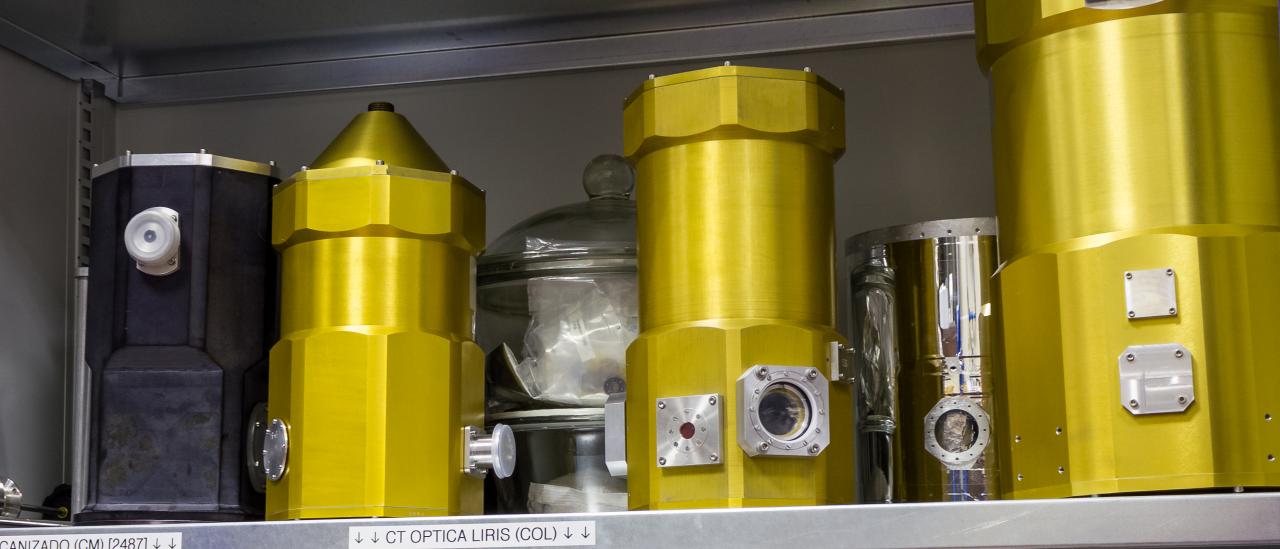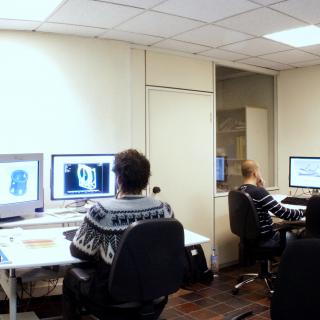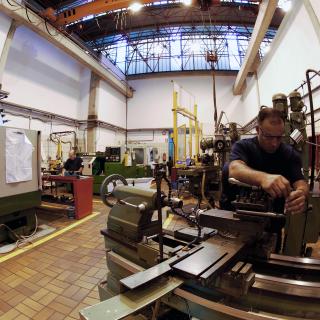Organizational Unit
Grants related:
Description
Test cryostats are equipment that allows testing of all types of devices under high vacuum and very low temperature conditions, typically at 200 degrees below zero. For the realization of the tests, the cryostats have optical windows and electrical and mechanical connections with the exterior, maintaining the cryogenic conditions. Its main use is the characterization of optical components, mechanisms, sensors, etc. in realistic working and environmental conditions, before its final assembly in the instruments. Several cryostats with different cooling systems and sizes are available, depending on the dimensions and characteristics of the components to be characterize. Part of the equipment of this laboratory has been financed by ERDF funds.
Related Technical facility
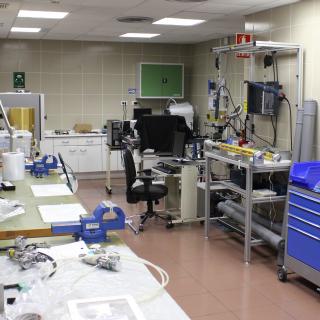
Mechanical Integration and Verification Laboratory
The Mechanical Integration and Verification Laboratory provides the basic and specific infrastructures needed for the development and integration of the medium-sized mechanical systems developed at the Technology Division.
Alberto
Hernández González
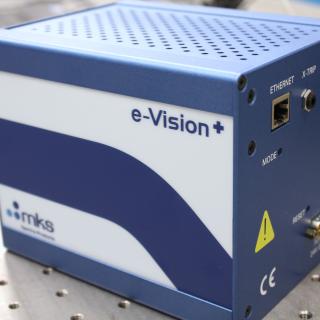
Quadrupole mass spectrometer
Analyser of residual gases
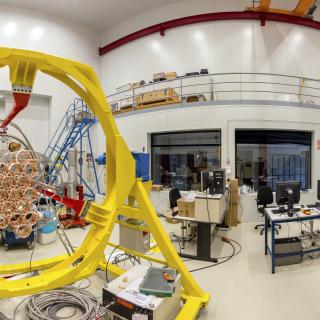
Large Instruments Assembly, Integration and Verification Room (AIV)
The purpose of the AIV Room is the assembly, integration and verification of instrumentation for large telescopes.
José Miguel
Delgado Hernández
Related Capability
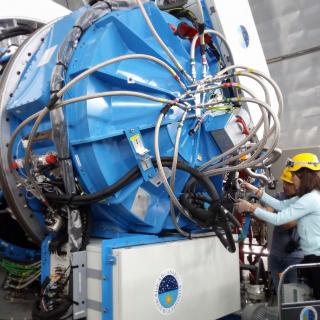
Design, development and manufacture of cryogenic and vacuum systems
The astronomical observation in the infrared range of the spectrum requires the use of cryogenic systems where high vacuum and very low temperature technologies are combined.
